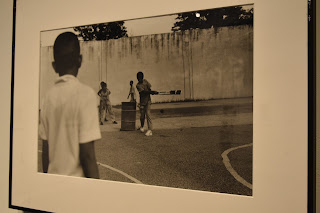In addition to external challenges, the Muslim community in the USA is facing internal challenges. Internal challenges that if not dealt with, in a well thought out strategy, will have a significant impact on what the Muslim community looks like in the next decade, and the next century.
While the Muslim leadership has rightfully engaged in establishing weekend schools, Islamic centers, and later Islamic educational, social and civil rights institutions in the past, we were and are not, proactively thinking about a dynamically metamorphosing demographic, our youth.
Children of immigrant Muslims, do not refer to the land their parents came from as “back home.” They are not immune to the social ills of American society. Parents, along with the Masjid leadership, do not have a clue about the problems, much less the solutions. Women and those under 30 form the majority of our community, yet Masjid boards are managed by the gray haired, above aged 50 uncles. If asked, Masjid board members blame the lack of initiatives by the sisters and the youth.
Some years ago, a young person from another community was elected to the Masjid board and called me for advice. My advice to him was, “follow the golden rule of life, seek to understand before you are understood.” The status quo will not change overnight.
An imam, one time in a speech at a convention said, “Once I got my degree from an Islamic University, I was confident that I was ready to be an imam. The first week, I served as an imam at a western Masjid, I found myself not qualified.” He went on to say that dealing with the contemporary ills that our youth are facing do not just require a black and white answer, haram or halal.
Our youth are not immune to the western trend of idolizing celebrities, be it sports figures, singers, actors, etc.. Celebrity status spiritual leaders are taking the airwaves and having an impact on how our youth are being raised. My utmost thanks to these American scholars for helping us mold our youth with an Islamic character. However, this phenomenon must be managed, and they must instill in the youth the only infallible role model is our Prophet Muhammad (SAW).
I have just scratched the surface and there are many other issues that we need to address. Yes, “asabiah”, a more encompassing Islamic term for racism, nationalism, etc. is a plague in our communities. According to some statistics, we Muslims in the West have the third highest rate of divorce, domestic abuse, drugs, homosexuality, and the list goes on.
For those who were expecting a cookie cutter, step by step solution at the end of this article, will be disappointed. Understanding and getting out of the state of denial, is the first step towards the solution.
Inshaa Allah in the future, I will recommend some practical steps that will help our community leadership to identify the problems with the help from Allah, and put into action ways to make our communities an ideal reflection of our faith. Ameen.


















